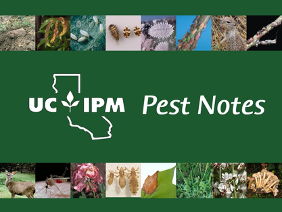
We took a look at which titles were of greatest interest during the first five months of the COVID-19 pandemic when many Californians were staying home. These are the top ten most viewed Pest Notes from March to August 2020.
#10 Pocket Gophers
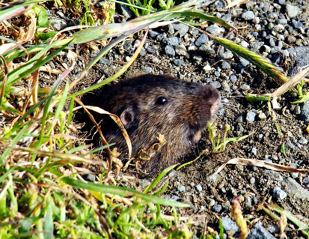
Got gophers? You can control these pesky rodents with traps. See our videos for instructions on how to find gopher tunnels, where to place gopher traps, and how to set Macabee and Gophinator traps.
Get more details at Pest Notes: Pocket Gophers.
#9 Whiteflies
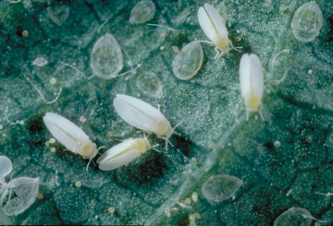
Signs of a whitefly infestation can include:
- Tiny nymphs on the underside of leaves.
- Sticky honeydew on leaves, fruit, or beneath plants, or a covering of black sooty mold.
- Yellowing, silvering, or drying leaves that have whitefly nymphs on them.
- Deposits of white wax (with certain whiteflies).
For more information and management tips, see Pest Notes: Whiteflies.
#8 Scales
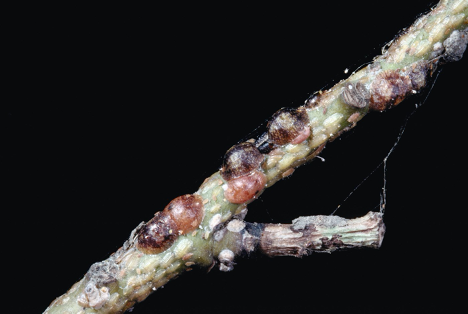
What does scale damage look like?
Damage resembles that of aphids and whiteflies. There is abundant sticky honeydew (excreted by soft scales and certain other species). Black sooty mold may be growing on the honeydew. Discolored, distorted, or dying leaves, twigs, or branches (especially with armored scales) may be present.
Need to know more? See Pest Notes: Scales.
#7 Carpet Beetles
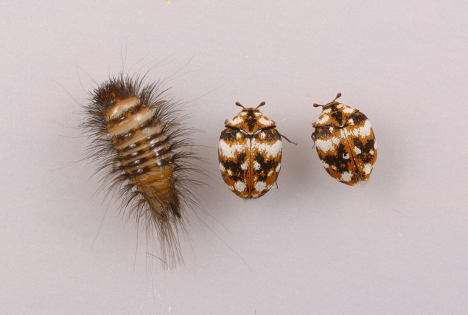
How did carpet beetles get in my house?
- Carpet beetle adults are pollen feeders and are found on flowers with abundant pollen like crape myrtle, spiraea, and buckwheat.
- People often bring carpet beetles into their homes on cut flowers from the garden.
- Adults can fly in through open windows or doors without screens.
If you think you've got carpet beetles and need to know how to get rid of them safely and effectively, read Pest Notes: Carpet Beetles.
#6 Ground Squirrels
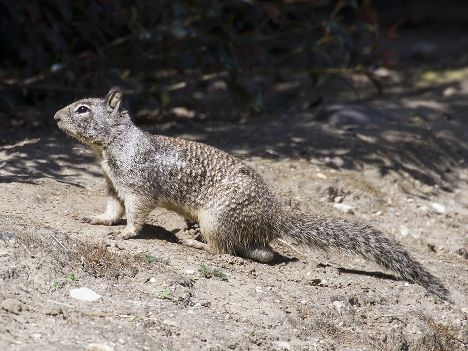
Ground squirrels cause damage by, eating food-bearing and ornamental plants, gnawing on plastic sprinklers and irrigation lines, girdling young trees, and burrowing, which causes trip hazards and damages landscapes and structures.
Learn more at Pest Notes: Ground Squirrel.
#5 Thrips
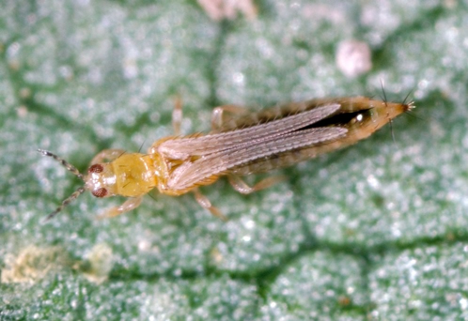
You often won't see damage until tissue grows and expands. Look for:
- Scabby, silvery to dark brown discoloration on fruit, leaves, or petals
- Dark specks of excrement on fruit or leaves
- Distorted, curled, galled, or dead shoot tips and leaves
Thrips are difficult to control. You'll need to combine methods for best results. For more information, see Pest Notes: Thrips.
#4 Mealybugs
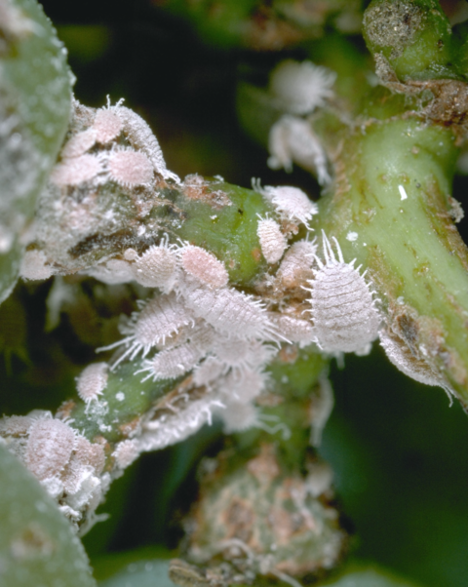
What do mealybugs look like?
Most adult mealybugs are wingless females with oval, segmented bodies covered with wax. Males have wings but are rarely seen. Newly hatched mealybug immatures move around plants but soon settle down and produce a waxy covering. Different mealybug species can be distinguished by the length of the waxy filaments around their bodies. They may be confused with other insects that produce wax and honeydew like cottony cushion scale, woolly aphids, soft scales, and whiteflies. Mealybugs are sometimes hard to see. They often live in protected areas of plants such as in the crown of a plant, in branch crotches, or on stems near the soil.
Mealybugs suck sap, weakening plants. High populations can slow plant growth and cause leaf drop. For help managing mealybugs, read Pest Notes: Mealybugs.
#3 Aphids
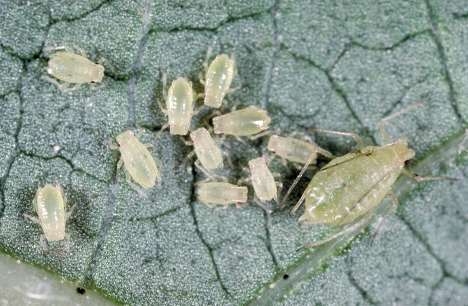
How can you reduce aphids?
- Prune infested leaves and stems.
- Knock aphid populations off plants by shaking the plant or spraying it with a strong stream of water.
- Protect seedlings with covers or aluminum foil mulches.
- Wait for hot weather; some aphids are heat-intolerant and will be gone by mid-summer.
Still have questions? Find out more about aphids in Pest Notes: Aphids.
#2 Fungus Gnats
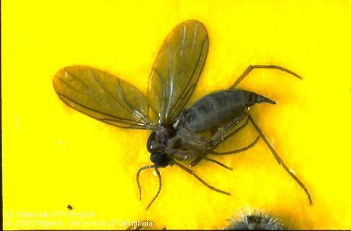
What can you do about fungus gnats?
Avoid overwatering and provide good drainage. Allow the surface of container soil to dry between waterings. Clean up standing water, and eliminate any plumbing or irrigation system leaks. Avoid using incompletely-composted organic matter in potting media unless it is pasteurized first, because it will often be infested with fungus gnats. Screen and caulk leaky windows and doors to help prevent pests like fungus gnats from coming indoors.
For more management tips, read Pest Notes: Fungus Gnats.
#1 Peach Leaf Curl
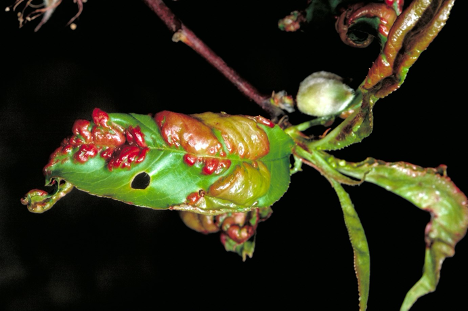
How do you effectively manage peach leaf curl?
- The fungal spores that cause the disease spend the winter on twigs and buds and germinate in the spring.
- For effective control, treat trees just after leaves have fallen, usually late November or December.
- Consider a second application in late winter before buds swell, especially in areas with high rainfall or during wet winters.
- Don't apply fungicides during the growing season because they won't be effective.
For more information see Pest Notes: Peach Leaf Curl.